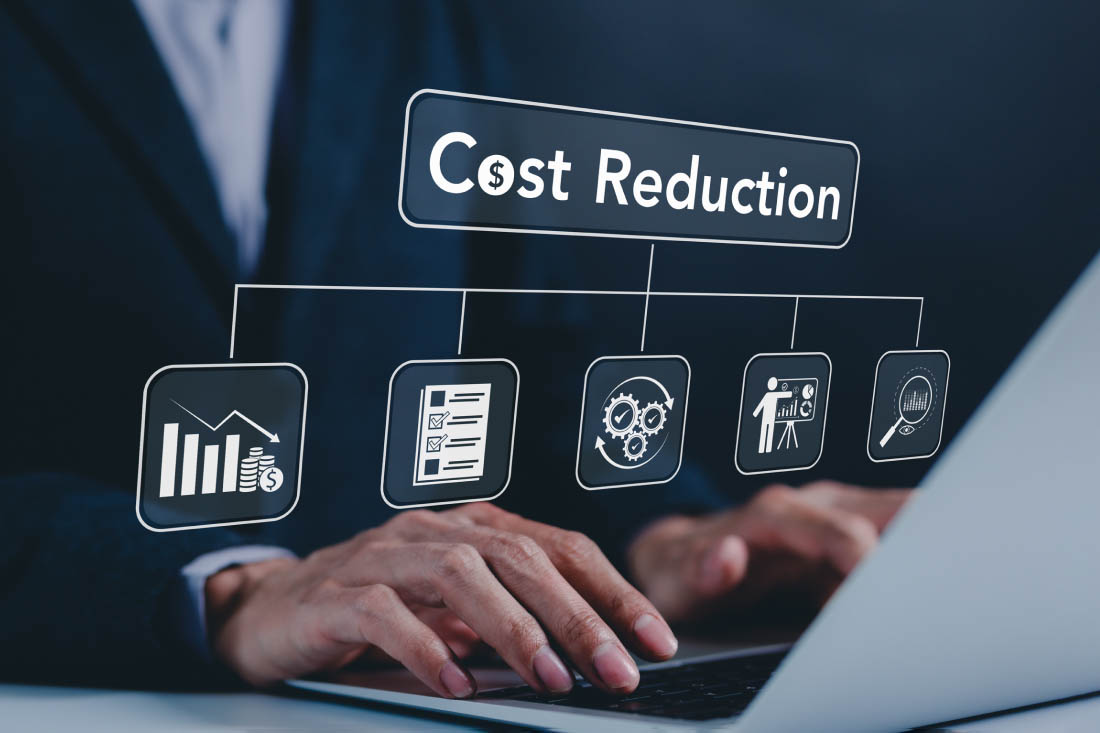Part two of a three-part series: Never Waste a Good Crisis. You can read part one here.
Let’s start with a quick thought experiment: think back to the start of your career and consider all the “productivity” tools you didn’t have back then that you have today. Now, think about whether you believe you’re truly more productive today than you were then.
Not sure? Neither am I.
And yet, Gartner projects companies spent almost $150B on SaaS tools in 2022! Surveys routinely show large companies average over 600 applications each, and even those with less than 500 employees have been found to have nearly 200 SaaS applications adding up to almost $10M in annual spend.
So what do all those productivity tools really accomplish?
The reality is, while virtually all SaaS tools we’ve adopted in the past decade add value for some users, they have almost all been deployed well beyond the primary users who really benefit. This is like the “Peter Principle” but applied to SaaS tools instead of promotions. We might call it the “SaaS Proliferation Principle”:
Organizations tend to deploy SaaS tools based on the ease of implementation and initial benefits for the ideal user, without considering the diminishing returns for other users and the long-term costs and challenges of administering and securing the tools. As a result, companies end up with a plethora of SaaS tools that are underutilized, redundant and fail to deliver economic value.
The current economic environment provides a great opportunity to take stock of what tools create value for which users, and to right-size contracts accordingly. For employees, any potential downside or disruption is likely to be offset by cost reductions that ultimately allow the company to avoid more painful cuts.
But like eating just one potato chip, reducing licenses or outright eliminating specific tools is much easier said than done. Why? In a word: visibility. How can you get started when it’s almost impossible to tell who uses which tools and whether they gain value from doing so?
Most companies start by reviewing the admin console of a given SaaS tool to track the most recent login for each user. This is a very low resolution measure of usage or value. A single sign-on (SSO) vendor may give you a better view by showing how often each user logs in, but that is still limited to frequency as opposed to the value gained. To make the right decisions, you need to truly understand how a tool is used by different employees in terms of frequency, duration and value derived.
This is where ActivTrak digital activity data provides powerful insights to help organizations make informed decisions. Technology Usage reports help companies pinpoint which teams use specific applications, how often and for how long. Once heavy users are identified it is possible to go the next step to understand the specific functionality they use — and for what business objectives.
Armed with this information, organizations can initiate proper change management processes to wean users off of the tool, and offer proper training on the preferred corporate solution. Proactively understanding and addressing the underlying reason employees use a tool reduces potential disruption and prevents the noisy escalations IT teams are all too familiar with.
For example, one customer migrated from Microsoft’s Office suite but was having trouble eliminating all legacy Office licenses. ActivTrak data identified specific users within Finance and Accounting who continued to use specific Excel files to complete the month-end close process. Armed with this information, the company worked with those teams to build new files in Google Sheets, conduct a parallel close to validate accuracy, and then shut off those legacy licenses.
One can easily imagine the potential downside in this scenario if the company had chosen to simply “shut it off and see who complains.” Delaying the month end-close or introducing errors in the process can have far reaching consequences, above and beyond demoralizing employees unnecessarily by suddenly and arbitrarily eliminating a trusted tool.
Aside from eliminating legacy licenses, there are also vast opportunities to reduce licenses for low-ROI use cases. Infrequent software users are an obvious opportunity, but so are frequent users with narrow or low-value use cases that can be met through other tools.
At ActivTrak, we regularly review tools like Salesforce to see how often they are used, and for how long in each session. This helps us identify users where the combination of frequency and duration indicates a low-value use case. We then go a step further to identify which functionality they use. For example, we recently found several marketing users who only use Salesforce on a weekly or monthly basis to pull specific reports. We can leverage our business intelligence infrastructure to make those reports available in a much more cost-effective way and thus recoup expensive Salesforce licenses.
SaaS proliferation is a real and costly issue for organizations today, at a time when budgets are being cut and spend is being scrutinized. ActivTrak provides the SaaS usage intelligence companies need to identify potential waste, proactively engage the teams in question and quickly realize material savings.





